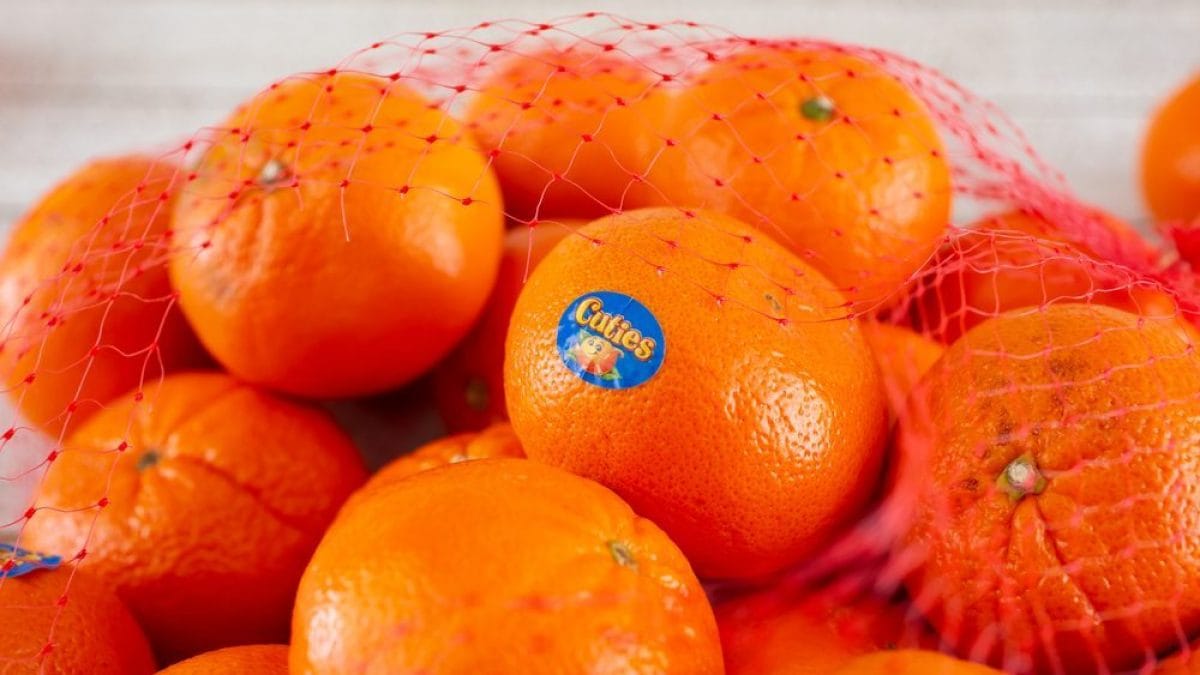
When we separate our waste, we often focus on large, visible objects: bottles, boxes, and packaging. But it's precisely the small details that most often deceive us. An example? The stickers we find on produce. Those little stickers with the producer's brand or PLU code identify the type of fruit, its origin, and other useful information. But when it comes time to throw them away, where do they go? Organic, unsorted, or plastic? We're here to answer all your questions on this topic.
Where Should Produce Stickers Be Thrown Away?
Even if we find them stuck to an apple, a banana, or an orange, the stickers are not part of the organic waste. In fact, in most cases they are made of plastic or synthetic materials with non-biodegradable glues. If you throw them in the organic waste, you risk contaminating the compost, rendering it unusable.
You might consider throwing them in the plastic bin, but again, it's best to avoid this: the stickers are too small to be effectively recovered in recycling plants, and they're not always made of plastic materials compatible with mechanical recycling.
The correct answer is: in the unsorted waste. The most appropriate destination for fruit stickers is the residual dry waste, i.e., the unsorted waste bin. It's a small gesture, but it helps improve the quality of overall waste sorting.
What if The Sticker Was Compostable?
In recent years, some companies have started producing compostable stickers, but for now, they're a small exception. If it explicitly states that the sticker is compostable or certified compostable according to national standards, then you can throw it in the organic waste bin. When in doubt, it's always best to opt for the unsorted waste bin.
;Resize,width=767;)
